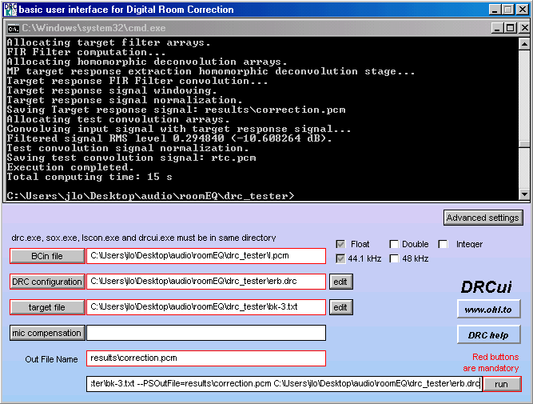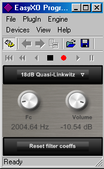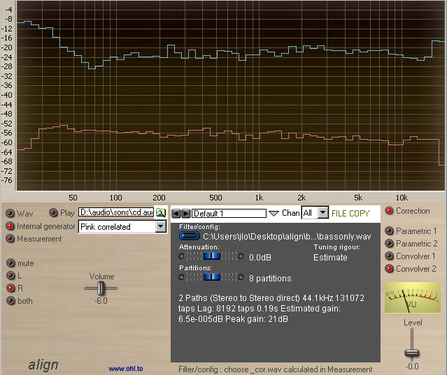From Wikipedia :, when two identical sounds (i.e. identical sound waves of the same perceived intensity) originate from two sources at different distances from the listener, the sound created at the closest location is heard (arrives) first. It is also known as "Haas effect" or "law of the first wavefront".
The drawback of this precedence effect for a stereo (or multichannel) setup, is that the phantom image collapses to the nearest speaker (the one heard before).
Can we avoid this ? Maybe…because a very interesting possibility exists : if the second sound has a higher level, the precedence effect can be avoided.
I wanted to check myself what is the needed level, for what frequencies, up to what delay, aso,.. so to know if we can really compensate the precedence effect in an audio system. For this, I did a software so you can play with delay and level and check, for different signals, if really the central image stays stable.
Download here




